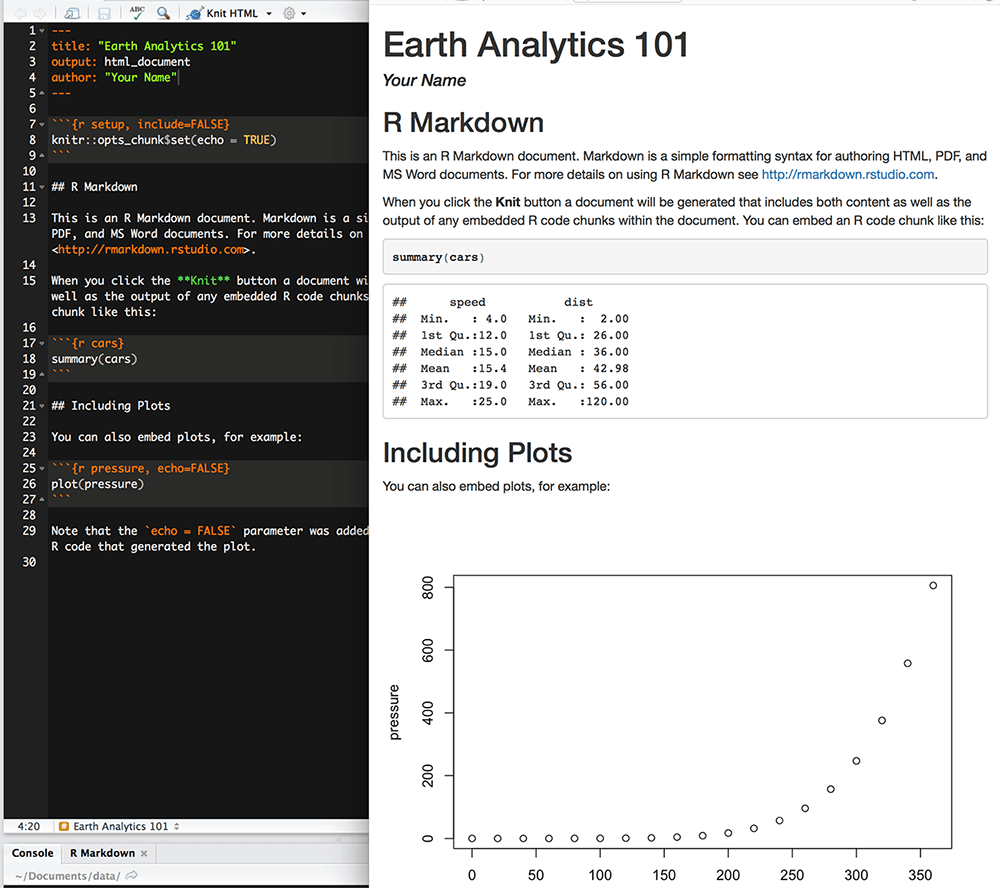

You’ll only need to do this once for your computer (at least until the next time you update R). To do that you can run install.packages("rmarkdown") and install.packages("knitr"). You’ll also have to install two packages: rmarkdown and knitr.

#R MARKDOWN TABLE HOW TO#
These resources show you how to get started with R and RStudio. If you need help with that, you can check out my blog post and lessons one, two, and three of my online course. To use R Markdown, you’ll need to have R and RStudio already installed. I’ll cover the rest of the video in part two next week. This post covers material in the video up to 35:35. You can also follow along with this blog post in video format if you click on the image below. Here, you’ll learn how to create R Markdown documents with different types of content, and in part two I’ll go into how you can use it for learning R. This tutorial is the first post of a two-part series on R Markdown. It allows you to make tutorials like this oneįinally, you can use it for learning R by helping you keep track of your notes and thinking process all while creating a custom reference document (more on this in part two!) It helps with accountability, because all your code and the exact corresponding outputs are knit together into the final document It’s great for reproducibility, where you can explain your analyses alongside your code and output so someone can follow along and replicate your work

R Markdown is useful for several reasons:


 0 kommentar(er)
0 kommentar(er)
